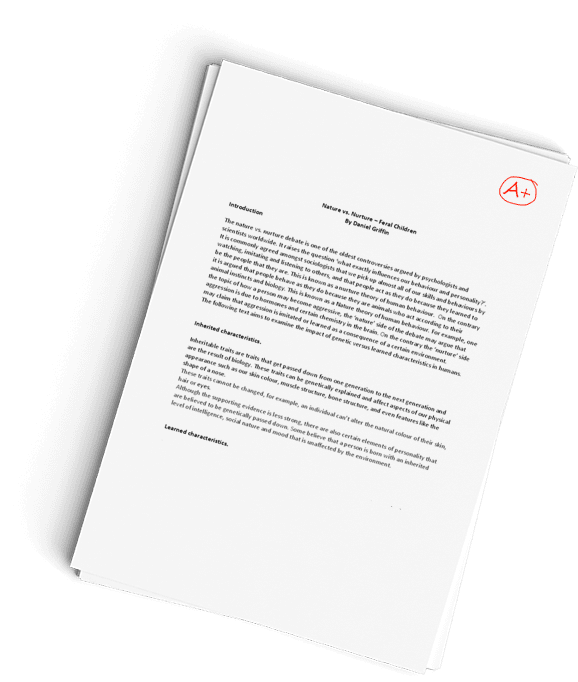STU HIV Infection among Homosexuals in Haiti Discussion
Description
The St. Fleur family is well respected in the Haitian community because they are religious with great moral values. They moved to the United States because of political issues in Haiti. Ronald, the youngest son of this family, is 27 years old and lives at home with his mother and father. Recently, he began having fevers and subsequently developed pneumonia. He was admitted to the hospital, where laboratory tests were HIV positive. Ronald was in shock when the doctor informed him that he was HIV positive. He confessed to the doctor that he was gay, but he could not tell his family. He said that he did not want to bring shame to the family. Because he couldn be in a formal relationship disowning to his family and the Haitian communityàview of homosexuality, he has been very promiscuous over the years.
What are Haitians6iews of homosexuality?
If Ronaldàparents were to learn of his positive HIV status, how might they react if they are religious and traditional?
Identify three major culturally congruent strategies a healthcare provider can implement to address HIV prevention practices in the Haitian community?
- Submission Instructions:
- Your initial post should be at least 600 words, formatted and cited in current APA style, 7 edition with support from at least 2 academic sources within the last 5 years.
- You should respond to at least two r peers by extending, refuting/correcting, or adding additional nuance to their posts. Your reply posts should include 150 words and one reference each one
All replies must be constructive and use literature where possible.
Module 4: Lecture Materials & Resources

 Aggregate for Cultural-Specific Groups 3
Aggregate for Cultural-Specific Groups 3- Read and watch the lecture resources & materials below early in the week to help you respond to the discussion questions and to complete your assignment(s).
- (Note: The citations below are provided for your research convenience. You should always cross reference the current APA guide for correct styling of citations and references in your academic work.)
Read
Purnell, L. (2013).
Chapters 12, 13 and 15
Watch
TIA&TW: Haiti Today – History & culture (26:45)
ThisIsAmericaTV. (2018, May 25). TIA&TW: Haiti Today – History & culture [Video]. YouTube.TIA&TW: Haiti Today – History & CultureLinks to an external site.

Supplemental Materials & Resources
Yoshiyuki, K., & Shige, K. (2016). Breast cancer knowledge and preventive behavior among Filipino women in a rural area: A cross-sectional study. Nursing & Midwifery Studies, 5(3), 1-13. doi:10.17795/nmsjournal34300
Cohen, M., & Azaiza, F. (2010). Increasing breast examinations among Arab women using a tailored culture-based intervention. Behavioral Medicine, 36(3), 92-99. doi:10.1080/08964280903521313
Meade, C., Menard, J., Thervil, C., & Rivera, M. (2009). Addressing cancer disparities through community engagement: improving breast health among Haitian women. Oncology Nursing Forum, 36(6), 716-A. doi:10.1188/09.ONF.716-722

Have a similar assignment? "Place an order for your assignment and have exceptional work written by our team of experts, guaranteeing you A results."








